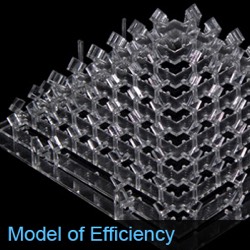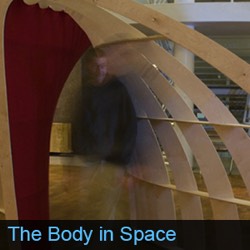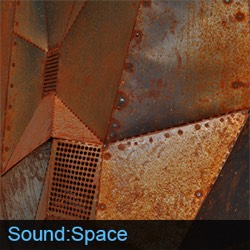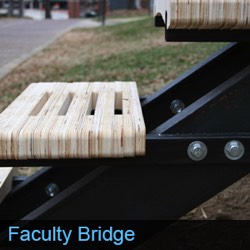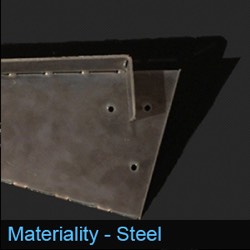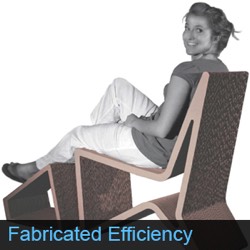
Sodium Design
The act of making is one that can fundamentally impact the process of design, but is also a means by which to test a design, its process and finally its articulation. The exercises featured in this section use fabrication as means by which the formal approach to design can be question when implemented through a variety of techniques, some utilize traditional fabrication techniques while others explore and inspect digital fabrication and parametric techniques.
A series of separate exercises, the Luminaires serve as an introductory to both the process of three dimensional modeling and to methods of digital fabrication. A different method is employed in each of the three lamps forcing the students to reconcile both the application of the software and the resultant material consequences throughout the design process. Another key element of this project is the clear presentation of a series of cut and assembly drawing utilizing three dimensional graphics.
The objective of this project was to explore the interrelationship between object and objectified through making. Within the confines of a cigar box the students moved through a series of exercises that focused on the display of an object(s) and explored the articulation of a more ephemeral quality within a similar context. The exercise culminated in a public display that presented the concepts and constructs from the previous two exercises.
Despite the power of our aural perception, we are often unaware of the auditory events that occur around us and are even more unaware of the manner in which such events manipulate our experience of space. What has become necessary now - and what this thesis seeks to do - is to re-establish the experiential identity of the place by defining ones understanding of the spatial environment according to aural perceptions.
The steel structure of the walkway was designed, detailed and intended to become a framework from which additional iterations of this project were to take place. Utilizing the CNC router a stacked plywood decking system was designed to address spanning concerns and the lack of traction that had been one of the main criticisms of this projects predecessor.
Sheet steel is a material well suited to inexpensive fabrication through the emergent and evolving processes of integrated digital design and fabrication. Through the unifying language of folding processes in sheet steel, this research aspires to consolidate highly variable parts into a unified and evocative composition, whose socially constructed meaning is visible in the final built form.
New technology seems to change the way that we conceptualize objects and seemingly without fail creates a schism between itself and the technology that it is “replacing.” This became a strong point of contention for the student who was to delve into this study. His intention was to create a direct relationship between digital fabrication equipment and traditional wood working techniques.
